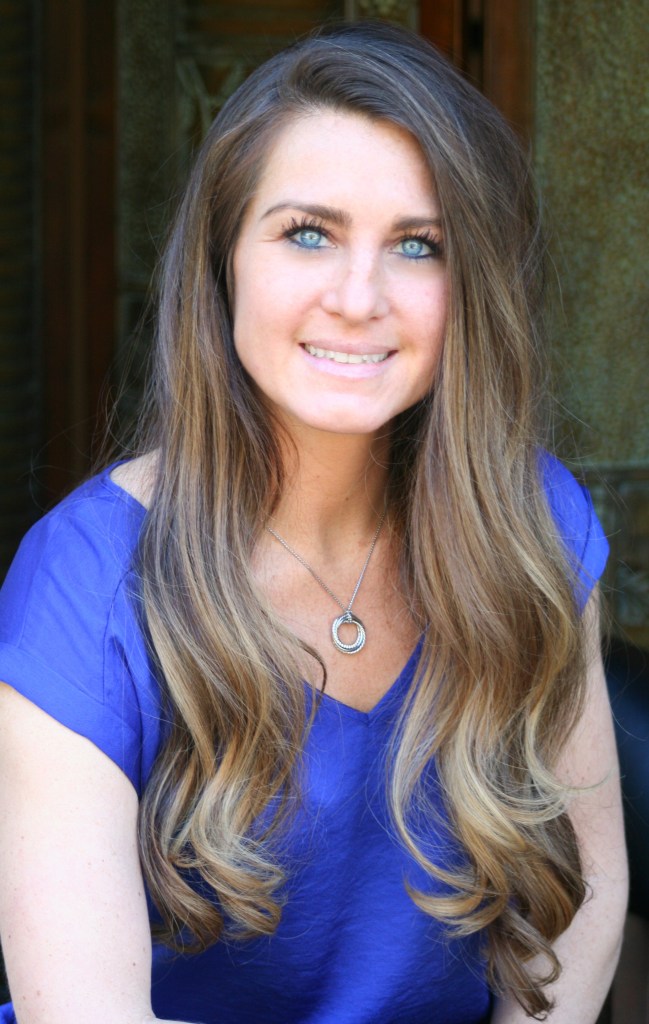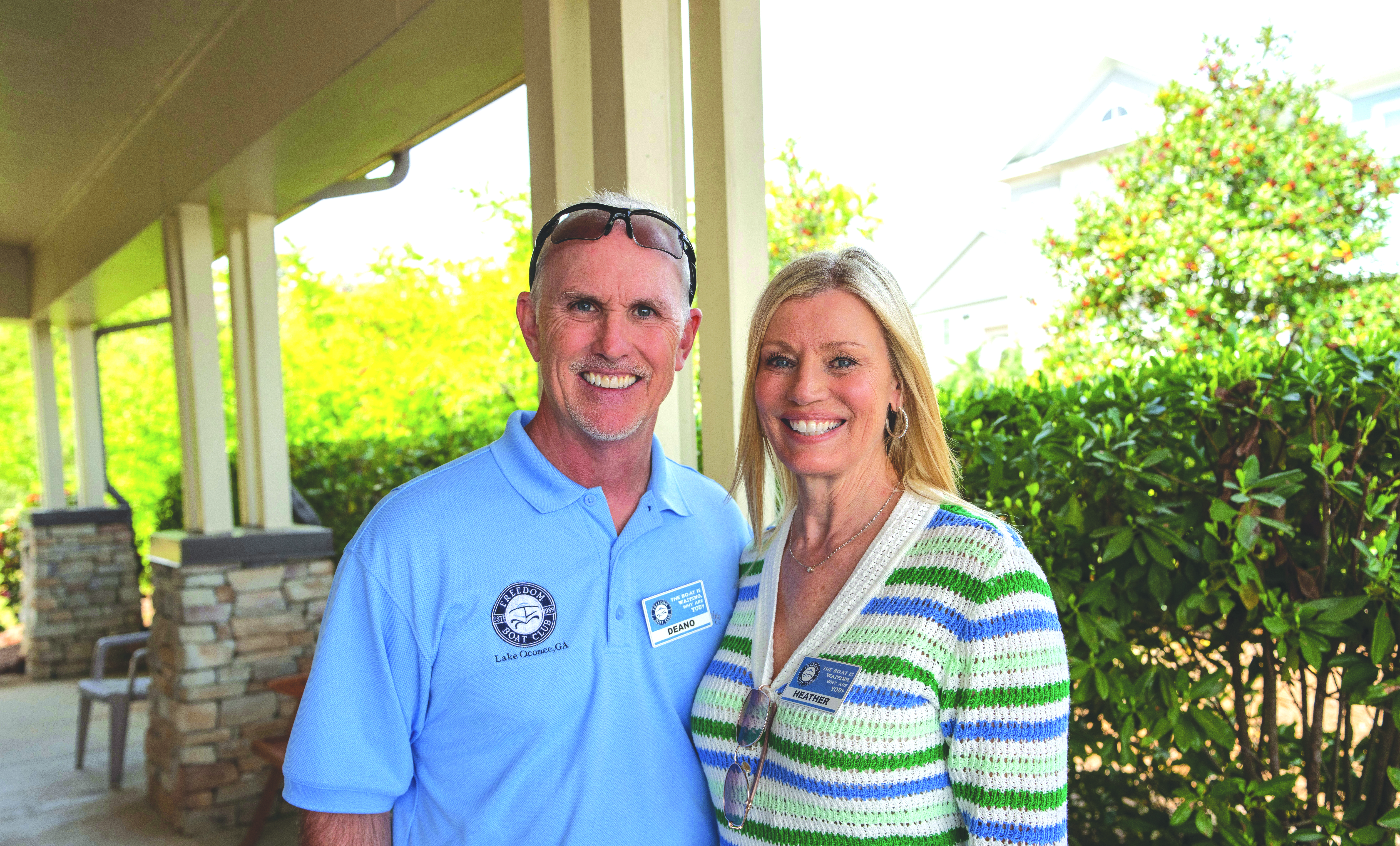PATHWAYS TO HEALING: The health benefits of salmon
Published 2:35 pm Thursday, June 29, 2023

- Musgrove
Did you know eating fish once or twice a week may increase your lifespan by more than two years? Research also suggests eating fish weekly reduces your risk of dying from cardiovascular disease by 35%.
I’m originally from Alaska, and from May to September is peak season for salmon fishing. Wild salmon is one of the most nutritious foods on the planet, with one of the highest concentrations of omega-3 fatty acids. Omega-3 consumption can help prevent bone fracture, increase brain function, improve memory and prevent Alzheimer’s disease. Salmon is also a natural anti-inflammatory food. Consuming salmon regularly can reduce the risk of developing atherosclerosis, strokes and hypertension. Dry eye syndromes, macular degeneration and risk for glaucoma can also be helped by eating salmon. Some studies show consuming fish rich in omega-3 fatty acids just one time per week can even prevent cancer.
A single serving of salmon contains more than one day’s worth of vitamin D. Vitamin D deficiency has been linked to many issues from rheumatoid arthritis to osteoporosis. A study done by the National Health and Nutrition found 7.6 million children across the United States were vitamin D deficient.
When purchasing salmon, do not purchase farm-raised salmon. Farm-raised salmon not only has poor nutritional value, containing just a fraction of heart-healthy omega-3 fatty acids, it also contains high levels of toxins, pesticides and mercury. Farm-raised fish are also fed a dangerous red-pink dye to make their flesh look more like fresh wild caught salmon.
Alaskan salmon is the least contaminated species of salmon and Alaska sockeye salmon is the best of them all. Alaskan salmon is not allowed to be farmed, so when you buy any Alaskan salmon, you can feel confident that it is wild caught. Sockeye salmon has one of the highest concentrations of astaxanthin of any food. Astaxanthin is a powerful antioxidant that reduces free radicals in the body and scavenges lipids. Astaxanthin’s antioxidant properties have been shown to improve eye health, cellular health, immune system and skin health (improving elasticity, reducing wrinkles).
Sockeye salmon can be identified by its color — the flesh is bright red (not pink) courtesy of its astaxanthin content. Wild sockeye salmon is also very lean, so the white stripes of fat on the meat should be very thin. If the fish has wide fat striping, and the fish is a pale pink color, it is farmed.
Salmon is one of the most nutritious foods and one of the most delicious! Growing up, I had the opportunity to eat more fresh salmon than most, and had fun catching it. Here is my mother’s secret salmon baste recipe — guaranteed to impress summer guests at your next BBQ.
Bette’s Salmon Baste Recipe
2 tablespoons brown sugar
2 tablespoons butter
2 tablespoons soy sauce, liquid aminos or coconut aminos
2 cloves of minced garlic
1 tablespoons lemon juice
½ teaspoon pepper
Baste: Add all ingredients together and heat on stovetop stirring until blended.
Salmon: Rub salmon filet with olive oil and salt, and place flesh side down on hot grill or pan for 3-5 minutes to sear. Next, turn over the filet to be skin side down and cook 6-8 more minutes depending on thickness of the filet. Using a brush, baste the salmon along throughout the cooking process.
Pathways to Healing specializes in holistic chiropractic care. Dr. Alyssa Musgrove draws on a variety of techniques, including chiropractic, kinesiology, nutrition, food allergy testing and lifestyle counseling to assist clients in achieving optimal health and wellness in one setting. Pathways to Healing is located at 1022 Founders Row, Lake Oconee Village, Greensboro. The office can be reached at 706-454-2040.




